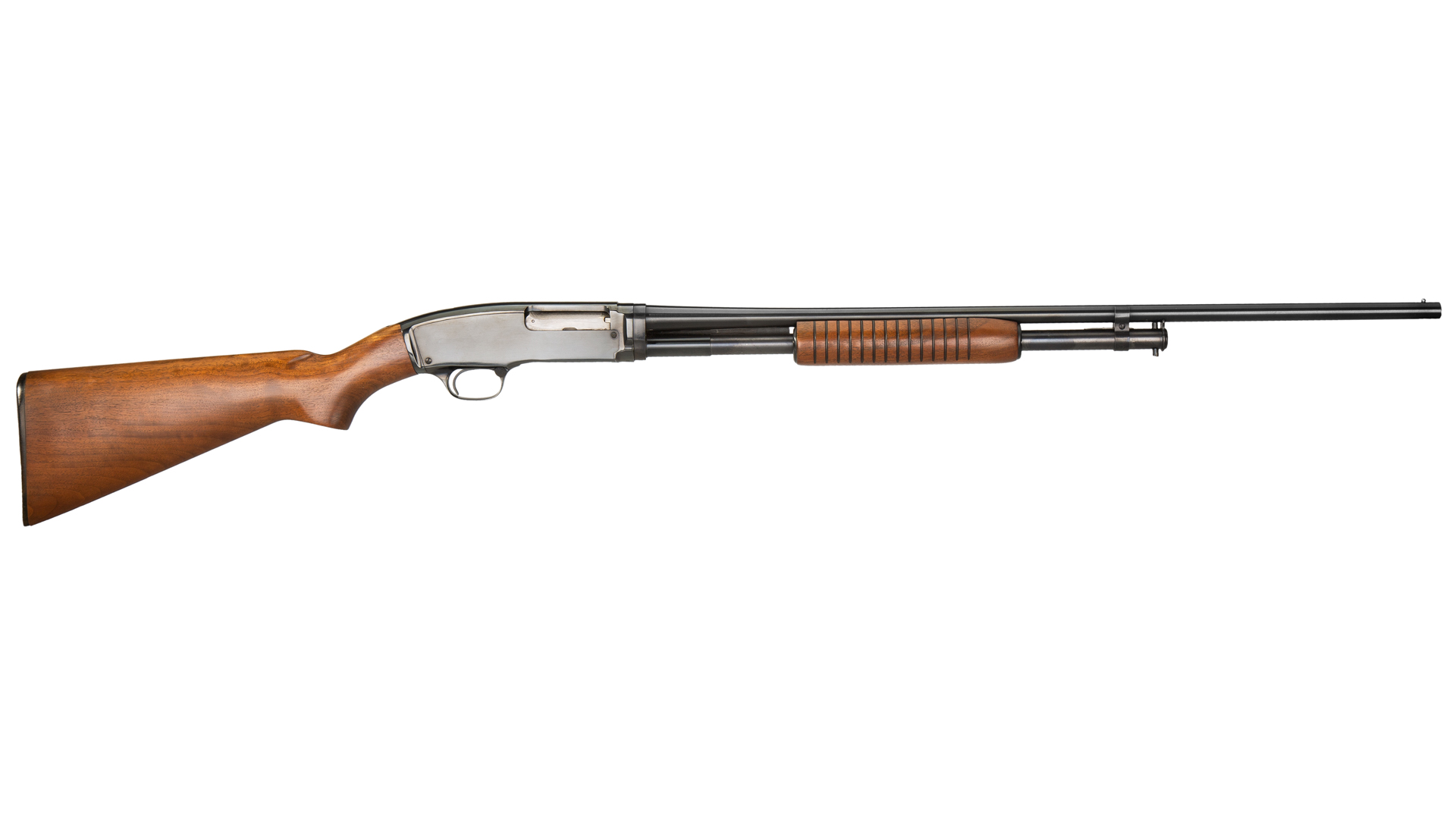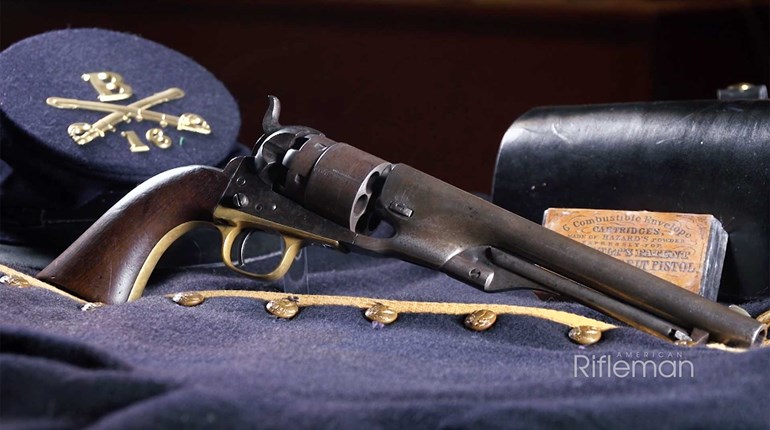
By most accounts, 1933 started off as a wretched year. The Great Depression was at its apex, the stock market at its lowest and unemployment at its highest. “King Kong” terrorized at the box office and Adolph Hitler became Chancellor of Germany, and all that happened in just the first quarter. Things did get better, however. FDR took office and legalized beer (again). The Marx Brothers delighted audiences in “Duck Soup” and Winchester introduced a new shotgun to the public: the Model 42.
Most economists and businessmen might have balked at the timing of introducing a new sporting shotgun into a shrinking market where unemployment was hovering around 20 percent, but Winchester was under new ownership in 1933. In 1931, Winchester had been hit hard by the depression and went into voluntary receivership. Franklin Olin and his sons John and Spencer, owners of the Western Cartridge Company, purchased Winchester for $8 million and set out to grow both the firearm and ammunition-manufacturing sides of the business. What was needed, they felt, were new and exciting products. In 1933 Winchester introduced the Model 42 and in 1935, the Model 70, two pre-war classics that are still eagerly sought after by shooters and collectors 85 years after their introduction. Prosperity was, at least in the eyes of the Olins, just around the corner.
Since 1918, William C. Roemer had been Winchester’s chief firearm designer. He had joined the company as a draftsman in 1909, and by 1912 he was working with none other than John M. Browning and T. C. Johnson on the Model 12 shotgun. Roemer stayed with the company when the Olins purchased it and became responsible for more than 22 gun-related patents and designs including the Model 42 and the M1 Carbine. Like Benjamin Tyler Henry—a legendary designer employed by Winchester amidst corporate turmoil—before him, Roemer became the best asset that the new owners inherited when they took control of the company.
Most folks who own a Model 12 and a Model 42 would think that the latter is just a smaller, scaled-down version of the other, but looks are deceiving. Roemer received two separate patents for the Model 42 design that incorporated three major improvements over the Model 12. These improvements are best described in Ned Schwing’s 1990 book, “The Winchester Model 42”:

“The new Model 42 would provide an effective and reliable system for holding the slide handle against displacement between the time the bolt was closed and the gun was fired, thus preventing the bolt from closing completely causing a misfire. Roemer also wanted to prevent a premature release of the bolt after the bolt had been locked in its breech-closing position to guard against hangfires. The third major improvement, … was the effective means of preventing the hammer from firing the gun until the bolt had moved fully into the breech-closing position.”
In other words, you couldn’t slam fire a Model 42 like you could the Model 12.
When the Model 42 hit the market in early 1933, it was the first production slide-action (pump-action) .410-bore shotgun ever manufactured. Its introduction coincided with the introduction of the new Winchester-Western 3-inch .410-bore shotgun shell. This new cartridge was innovative in that its longer length enabled the shell to carry almost the same weight in shot as a standard 20-gauge shell (3/4 ounce compared to 7/8 ounce), doubling the weight of the previous commercially available 2 1/2-inch .410s on the market.
The Model 42 was available in 26- and 28-inch barrel lengths with plain, raised-solid-rib and vent-ribbed barrels. It was finished in four grades, Standard, Skeet, Trap and Deluxe. (Deluxe Pigeon Grades are known but exceedingly rare.) Stocks were standard, with a pistol grip and special-order straight stocks. Skeet, Trap and Deluxe-grade stocks had 20 lpi checkering (18 lpi post-war).
The Model 42 came choked from the factory, and the majority of them were made with Full chokes. Modified, Improved Cylinder and Skeet chokes—in that order—comprising the rest of the chokes by popularity as offered by the factory. (A very few had factory-installed Cutts adjustable chokes.)
Factory engraving was available via special order, and by 1963, when the Model 42 was discontinued, in excess of 164,000 had been manufactured. Initial Model 42s were sold for $25 in the 1930s, but the price had risen to $80 by the 1950s for Standard-grade Models.
The Model 42 was marketed as a “family” shotgun, where economics were key. The 42 was less expensive, lighter, faster to swing and packed just as big a punch at 30 yards as its bigger 20-gauge cousins with less felt recoil and report. It was soon dominating skeet tournaments across the country and found favor as a youth gun that enabled youngsters to get into the sport of shooting without the disadvantages of a full-size gun and shell.
Today, the Model 42 is highly prized by shooters and collectors alike. The 42nd Edition of the “Blue Book of Gun Values” lists Model 42s being worth anywhere from $1,000 to $15,000, depending on grade and features. But, some examples go for much more than that. In 2010, Roemer’s retirement gift from Winchester, a Model 42 made in 1951 and serial numbered -0- sold at auction for $69,000.





































